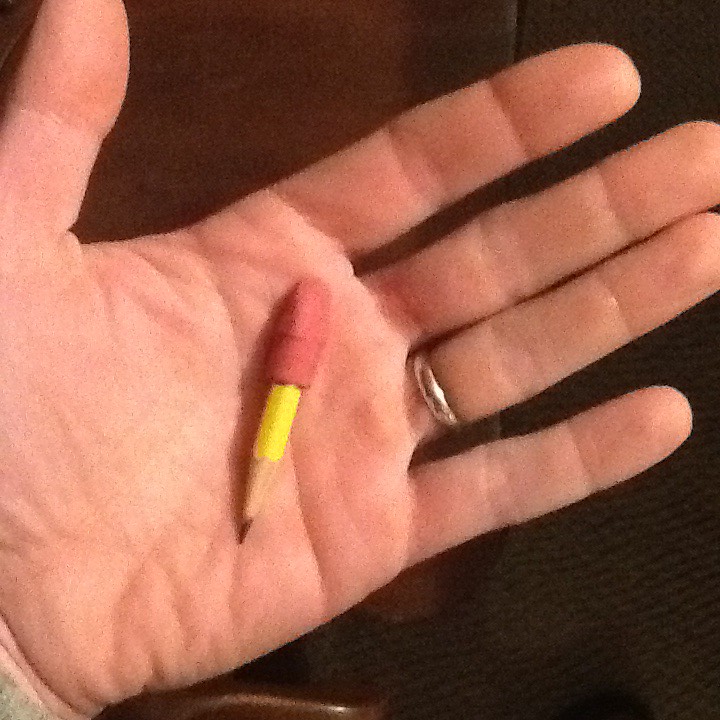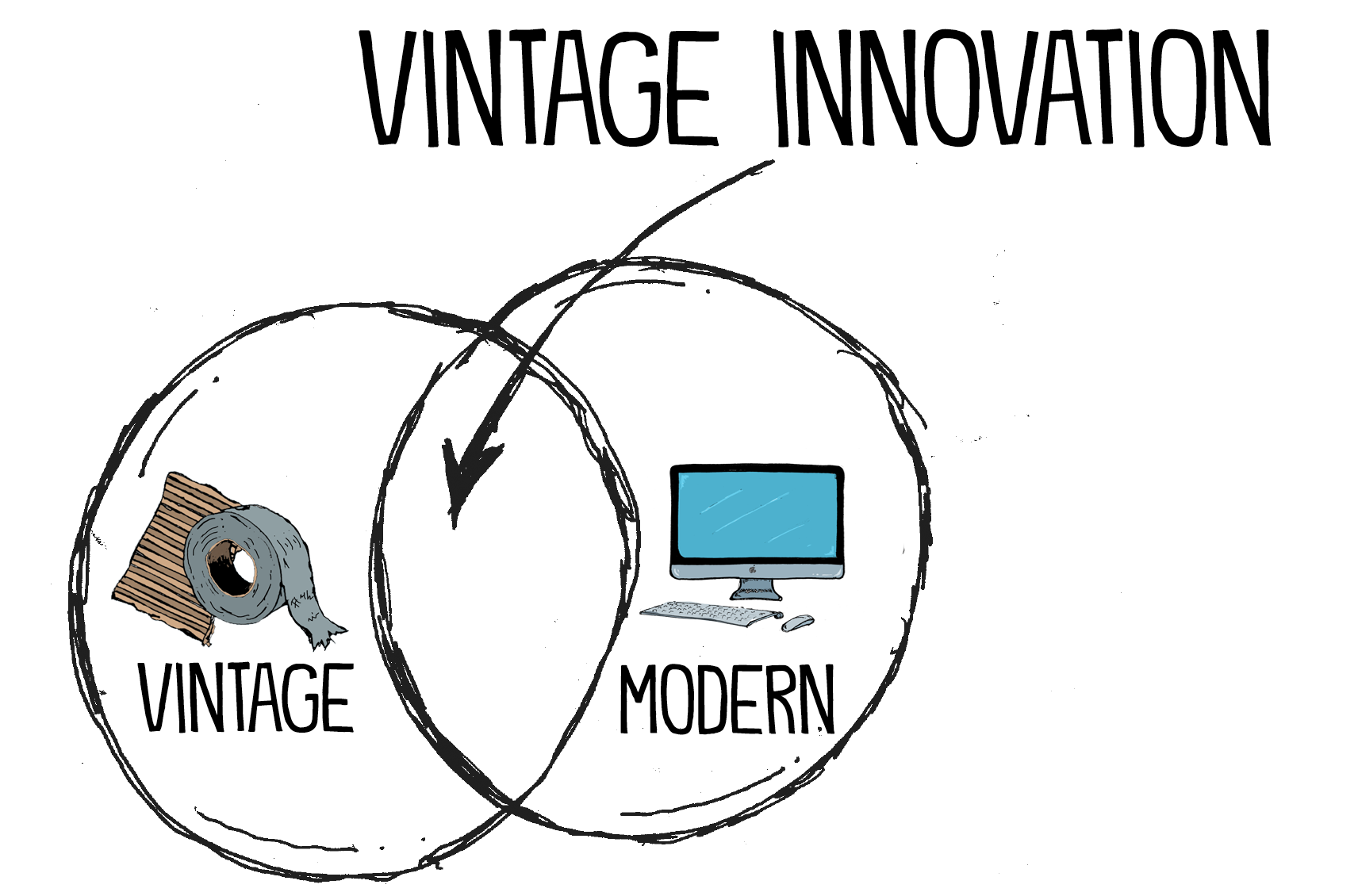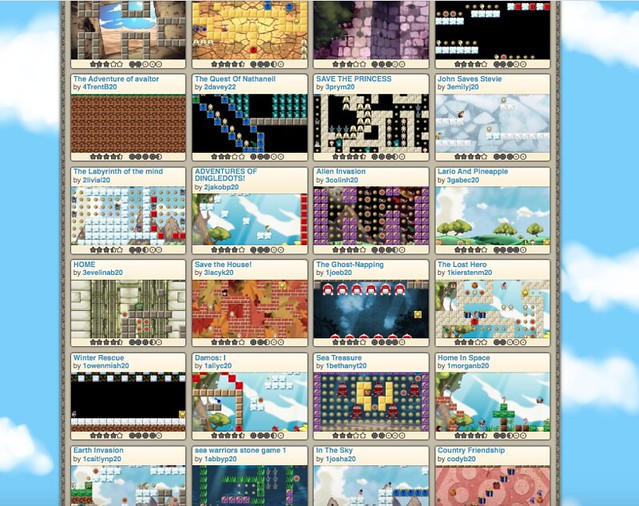I went in to my classroom yesterday, at the allotted time, and began the difficult process of packing up all of my students’ belongings into clear plastic bags. Everything from every desk. Everything from every locker. Odds and ends. The left-behind stuff of every kid, placed into a see-through bag. Stickers with student names on the outside. At some later date, their families will drive through the back lot, and these bags will be delivered to their back seat, and they will drive off.
It was very depressing work, really, almost like an invasion of their privacies — handling not just school work – graded papers and papers never handed in — but also, the odds and ends of them, the things from friends they kept close and the things they kept for reasons only they might understand. All of it, packed into a bag. It felt like a morgue, really, and I am reminded of scenes from military movies, where what material objects remain are gathered, honored, returned. The locker hallway for fifth and sixth grade were lined from one door to the other with plastic bags.
One image that stayed with me later in the day, hours after I had finished the task, was the pencils. So many pencils, of all sorts and in all conditions. Who knew they had so many pencils? I bet I packed hundreds of them, and many fell to the floor as I worked, some ripping the bag and falling out. All I could think about is, what might still get written? What did we not get written this year?
My poem this morning is all about that.
It’s the broken pencils
that give me pause,
as I label and empty
these steel desk drawersinto clear thin plastic bags
that refuse to contain you;
your belongings ripping at the
fabric of my work –You’re spilling out:
unsharpened, snapped-tipped,
eraser-bitten, rainbow-ed
and graphite possibilities of
lines, circles, dots, smudges
stories, poems, notes, playsThese broken cardboard boxes
releasing wild Ticonderogas
to the floor, scattering and silent,
as if lions sit in waitYou are everywhere
in this classroom,
and nowhere,
all at once
Peace (packing it up but not in),
Kevin








